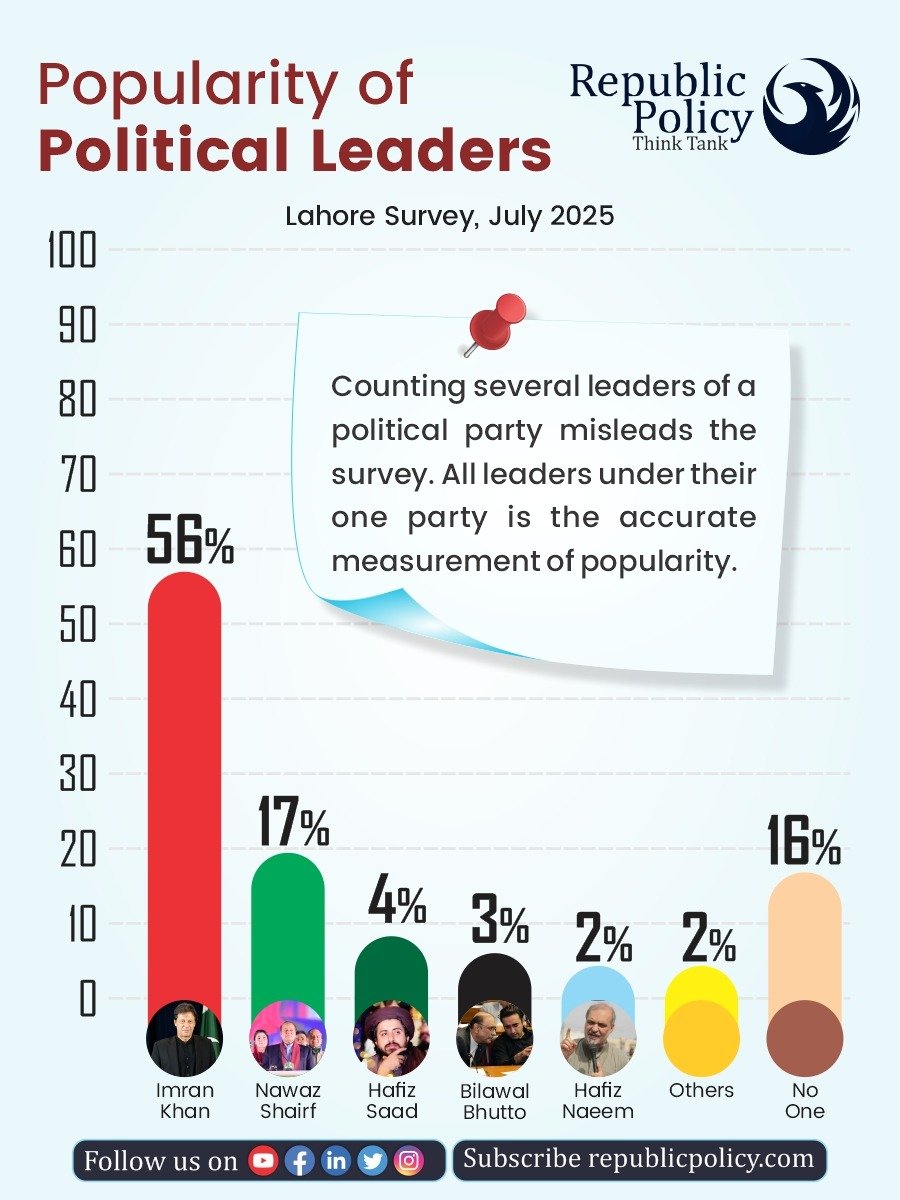Naveed Hussain Chaudhry
In any democratic society, government offices are meant to represent the values of public service, accountability, and accessibility. For ordinary citizens, a government building should offer a sense of reassurance—it should be a functional space where problems are addressed, rights are protected, and justice is accessible. In Pakistan, however, this ideal is being steadily undermined. The transformation of public offices, particularly in Punjab, into palatial spaces meant to display power and privilege has revealed a disturbing shift in the purpose and perception of state institutions.
A recent example that stirred public attention was the widely circulated video showcasing the newly renovated office of the District Police Officer (DPO) in Hafizabad. The video looked more like a high-end real estate promotion than documentation of a public space. Featuring grand entrances, luxury furniture, tasteful art, elegant lighting, LCD screens, and refined décor, the visual spectacle was jarring. This was not the depiction of a modest, service-oriented public office—it was a cinematic showcase of elite indulgence, funded by public money.
This is not an isolated event. Over the past two to three years, a growing number of government offices in Punjab have undergone similar transformations. Police stations, deputy commissioner offices, and patwar khanas have been rebranded in a manner that mimics luxury lounges or high-end corporate offices. Ostensibly done in the name of modernization and reform, these renovations often ignore the basic needs of the public. The core function of these offices—efficient and equitable service delivery—remains unaddressed. The exterior has been polished, but the interior rot of inefficiency, red tape, and public alienation persists.
The fundamental issue at hand is not aesthetic. It is political and administrative. When a government prioritizes appearance over substance, when it invests millions in soft furnishings while citizens wait hours for basic documentation or redress, it sends a clear and disturbing message: the system exists not for the people but for the comfort of those who run it.
Please, subscribe to the YouTube channel of republicpolicy.com
Civil servants deserve dignified workspaces. No one is suggesting otherwise. But there is a line between dignity and decadence. What we are seeing today is not an attempt to create functional environments—it is an effort to construct bureaucratic palaces. These transformations come at a time when Pakistan faces a crushing economic crisis, growing unemployment, inflation, and a desperate need for structural reforms in public service. The optics of lavish offices and luxury amenities are not just tone-deaf—they are an insult to the people who fund these projects through their taxes.
It is worth asking: what does the average Pakistani gain from these luxurious makeovers? The same citizen who pays indirect taxes on everything from fuel to food is met with long queues, missing files, indifferent staff, and an overall experience that is frustrating and dehumanizing. These “upgraded” offices might look appealing in videos, but for the person waiting outside in the heat, they represent exclusion, not inclusion.
The symbolism of these buildings cannot be ignored. In architecture and design, space is power. The grander and more exclusive a space becomes, the more it communicates hierarchy and control. When public offices are built to resemble private clubs, they cease to be spaces of justice and become symbols of state arrogance. The citizen who walks in is no longer a stakeholder; he becomes a subject—intimidated, silenced, and sidelined.
This trend also raises questions about political will and administrative priorities. Why are governments so quick to invest in optics while neglecting performance? Why are cosmetic changes presented as reform when the real issues—corruption, delays, lack of access—remain unaddressed? These questions point toward a deeper failure of leadership. Governance is not about managing perceptions; it is about delivering results. And results are measured not by how glossy an office looks, but by how effectively it serves the public.
Moreover, these extravagant renovations reveal a misplaced understanding of modernization. True reform lies in digitizing services, reducing physical paperwork, ensuring transparency, and making systems citizen-friendly. It lies in staff training, performance evaluation, and grievance redress mechanisms. None of these require marble tiles, chandelier lighting, or imported furniture. They require intent, discipline, and a commitment to democratic values.
The impact of this bureaucratic indulgence goes beyond physical infrastructure—it strikes at the very core of public trust. When people see their money being used for elite comfort instead of public service, they disengage. They stop believing in the system. This erosion of trust is dangerous. It feeds social frustration, fuels anti-government sentiments, and deepens the gap between the state and the citizen. A government that fails to communicate humility and service through its institutions eventually loses moral credibility.
To rebuild this trust, the state must change its approach. Public offices should reflect the values of simplicity, accessibility, and efficiency. Design should support function, not ego. Spaces should welcome, not intimidate. Most importantly, public funds should be directed where they are most needed—healthcare, education, legal aid, and local governance.
Pakistan’s bureaucratic culture must also undergo a shift. The notion that prestige comes from opulence must be replaced by the idea that respect is earned through service. A modest office that delivers justice is far more valuable than a lavish one that denies it. Civil servants must remember that they are stewards of public interest, not entitled elites. Their legitimacy comes from performance, not from the grandeur of their surroundings.
Finally, there is an urgent need for civil service reform—one that addresses both administrative efficiency and public accountability. Such reform should establish clear guidelines on public spending, ensure that office renovations are aligned with functional needs, and prioritize transparency in budgeting and procurement. Any funds spent on infrastructure should undergo rigorous cost-benefit analysis, with public input where relevant.
In conclusion, the emerging trend of turning government offices into symbols of bureaucratic luxury is not just a waste of public resources—it is a betrayal of public trust. It reflects an administrative culture that has lost touch with the people it is meant to serve. Pakistan does not need five-star offices for its civil servants; it needs a five-star commitment to justice, service, and integrity. Until that happens, no amount of polished marble or decorative lighting will cover up the cracks in our governance.

















